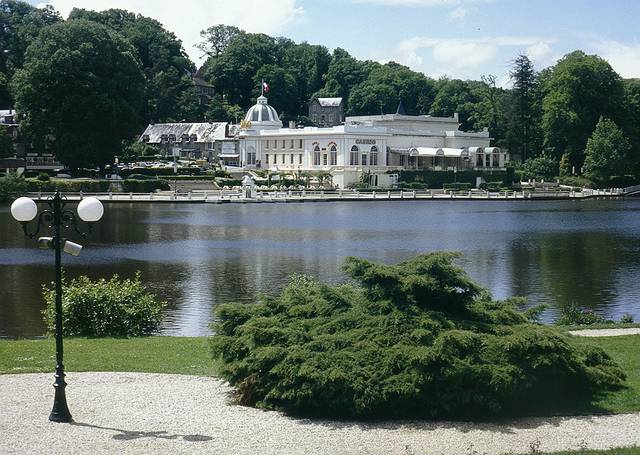
Bagnoles-de-l'Orne is a former commune in the Orne department in northwestern France. On 1 January 2000, Tessé-la-Madeleine and Bagnoles-de-l'Orne merged becoming one town called Bagnoles-de-l'Orne, however, it adopted the former Insee code of Tessé-la-Madeleine for identification purposes. On 1 January 2016, it was merged into the new commune of Bagnoles-de-l'Orne-Normandie.
